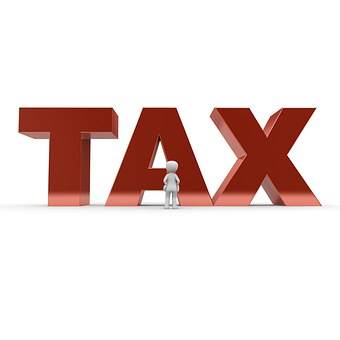Markets were intrigued on Friday when reports emerged of President Trump having promised that he would shortly unveil a “phenomenal” tax plan during a meeting with business executives. The report was widely seen to have caused a rise in the value of the U.S. Doll and stocks which has at least partly persisted into the open of this week’s trading.
There is a general perception that President Trump is determined to boost the U.S. economy and domestic demand, and while a meaningful reduction and/or simplification of taxes could help achieve that aim, it is not without its dangers: there is already a huge and growing federal budget deficit which is unlikely to be made any better by tax cuts.
Trump’s tax plan is keenly awaited and will be a key part of “trumponomics”, whatever that turns out to be! There has been mounting criticism even from his supporters that he is taking too long in taking any action to advance an economic agenda.
There has not been any serious overhaul of the U.S. tax system since 1986, and a very recent report from Price Waterhouse Cooper suggests that the U.S. corporate tax rate has become about the highest in the OECD, which has an average rate of 24%. Trump promised to slash corporate taxes during the campaign from 35% to 15%, and as he has been using sticks to keep U.S. companies onshore or to make them return operations onshore, it seems logical that as a deal-maker he will want to offer a carrot of lower taxes as well as part of the package.
When it comes to personal taxes, the U.S. federal income tax system has seven graduated tax bands, which is relatively complex by OECD standards. President Trump promised during the campaign to reduce it to a more simplified three bands, applying marginal rates of 12%, 25% and 33%. A top marginal tax rate of 33% would be very low by OECD standards.
Watch this space!

